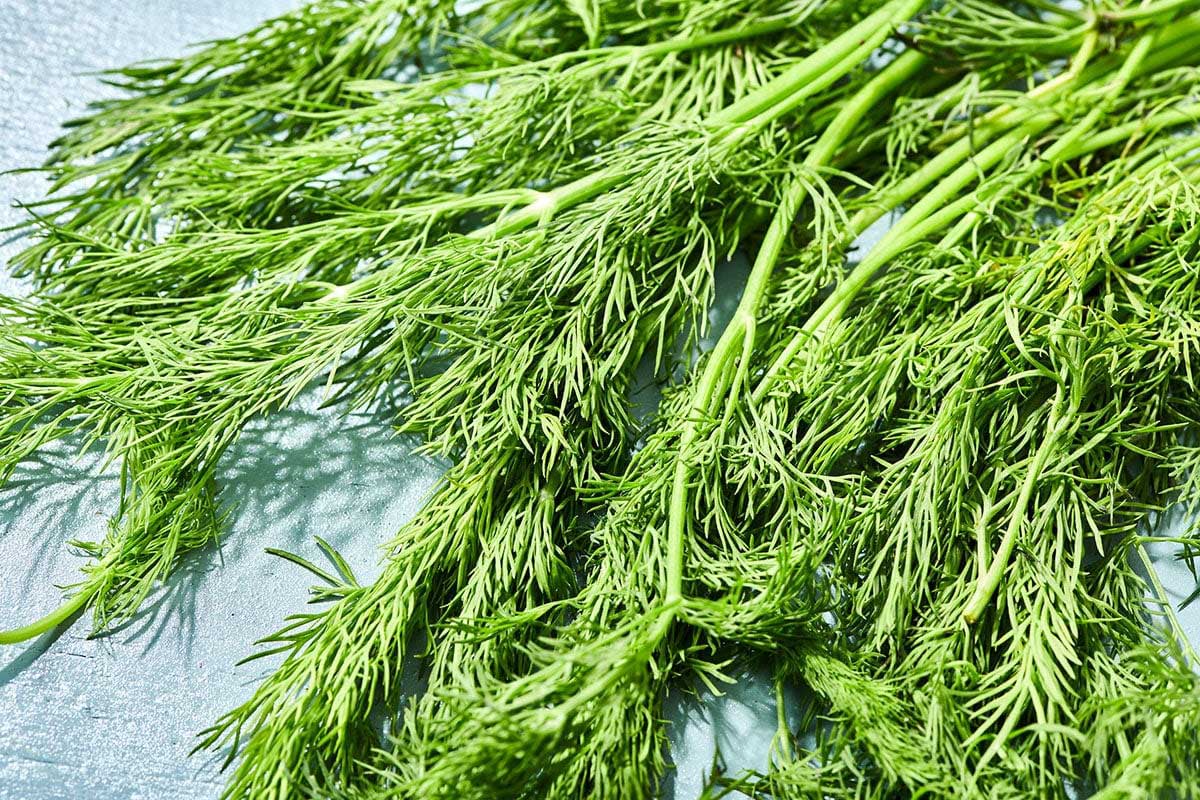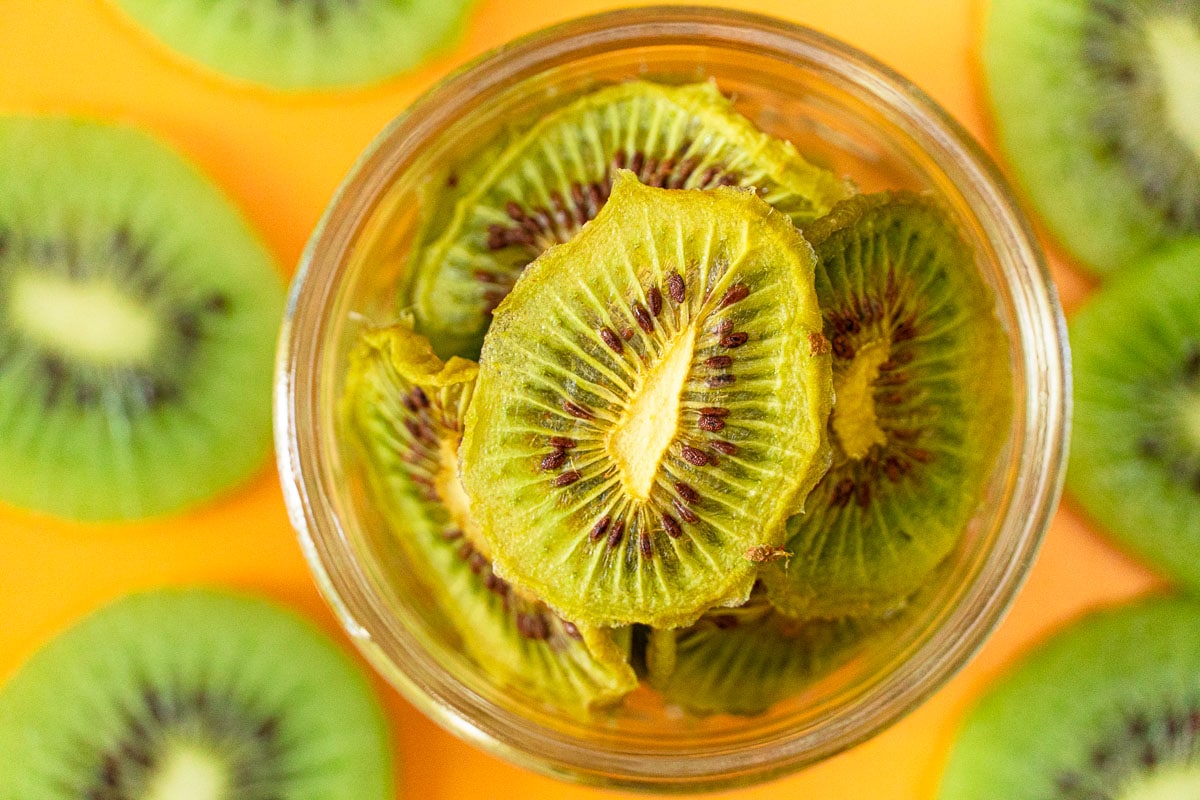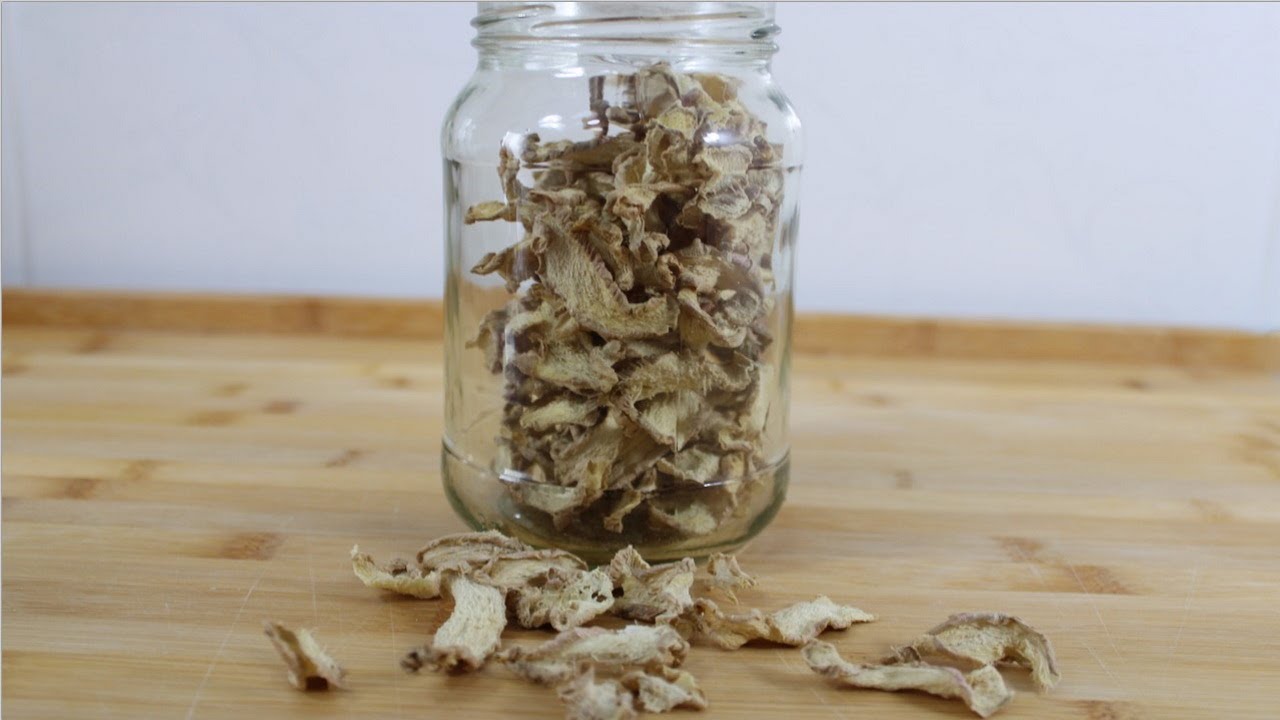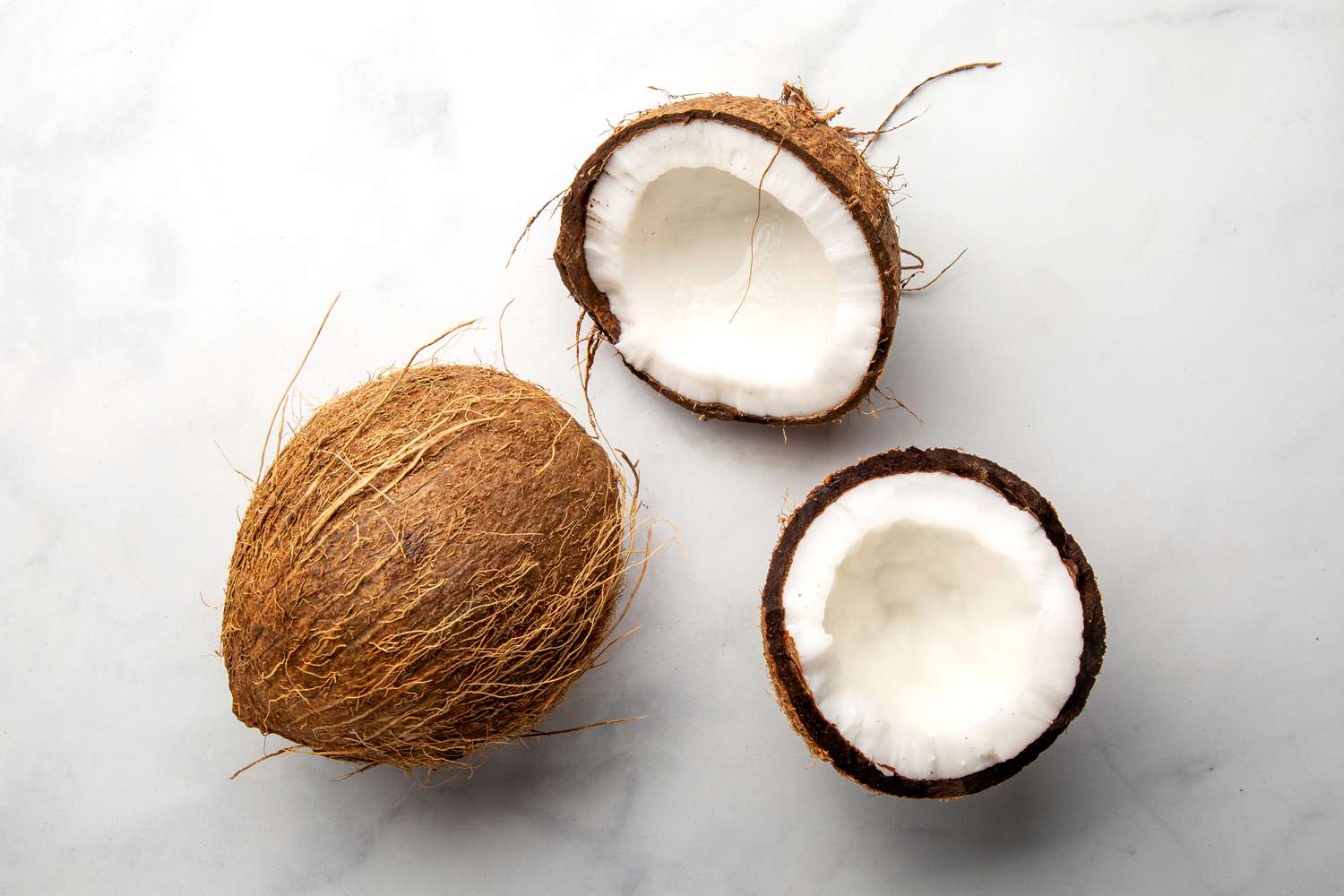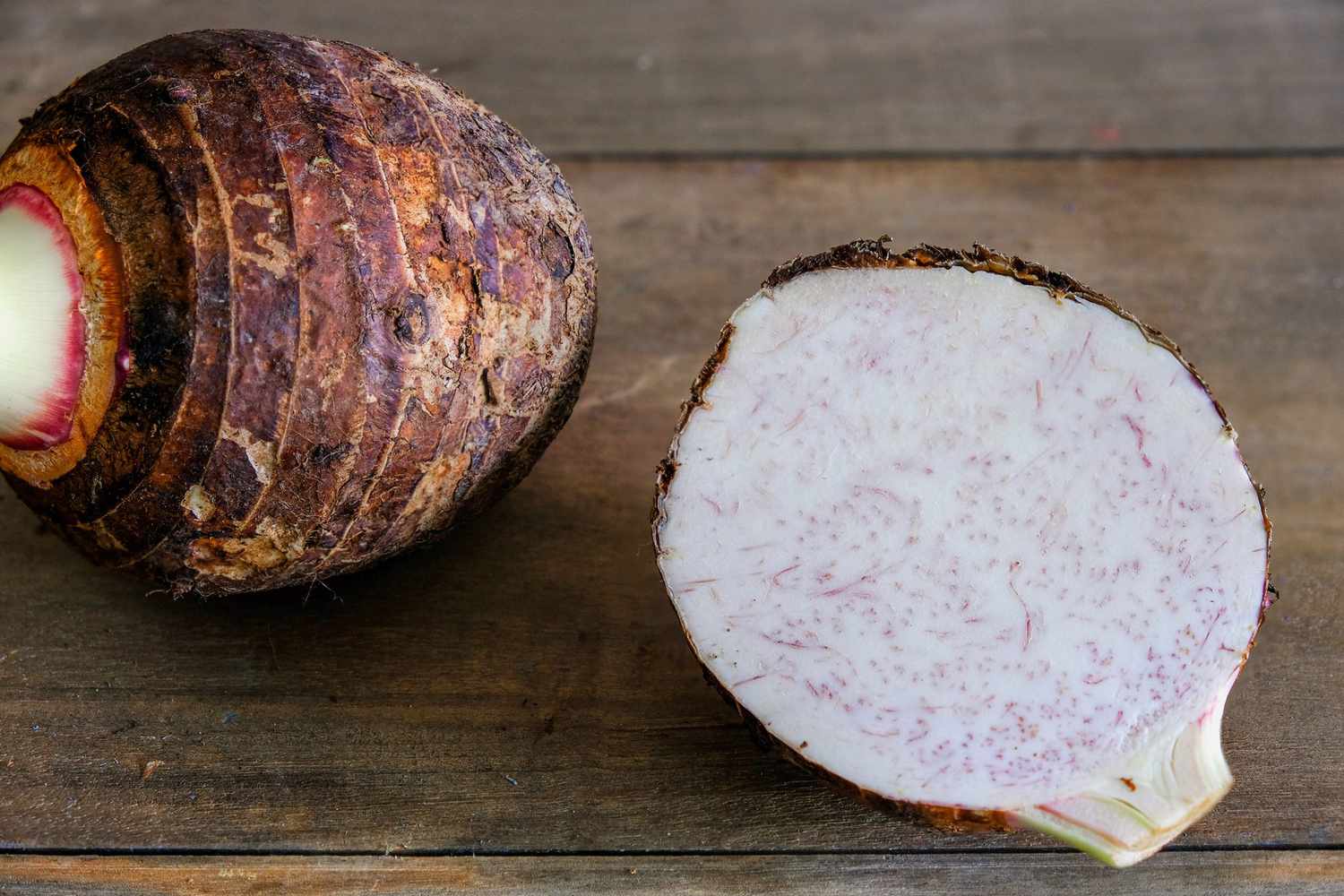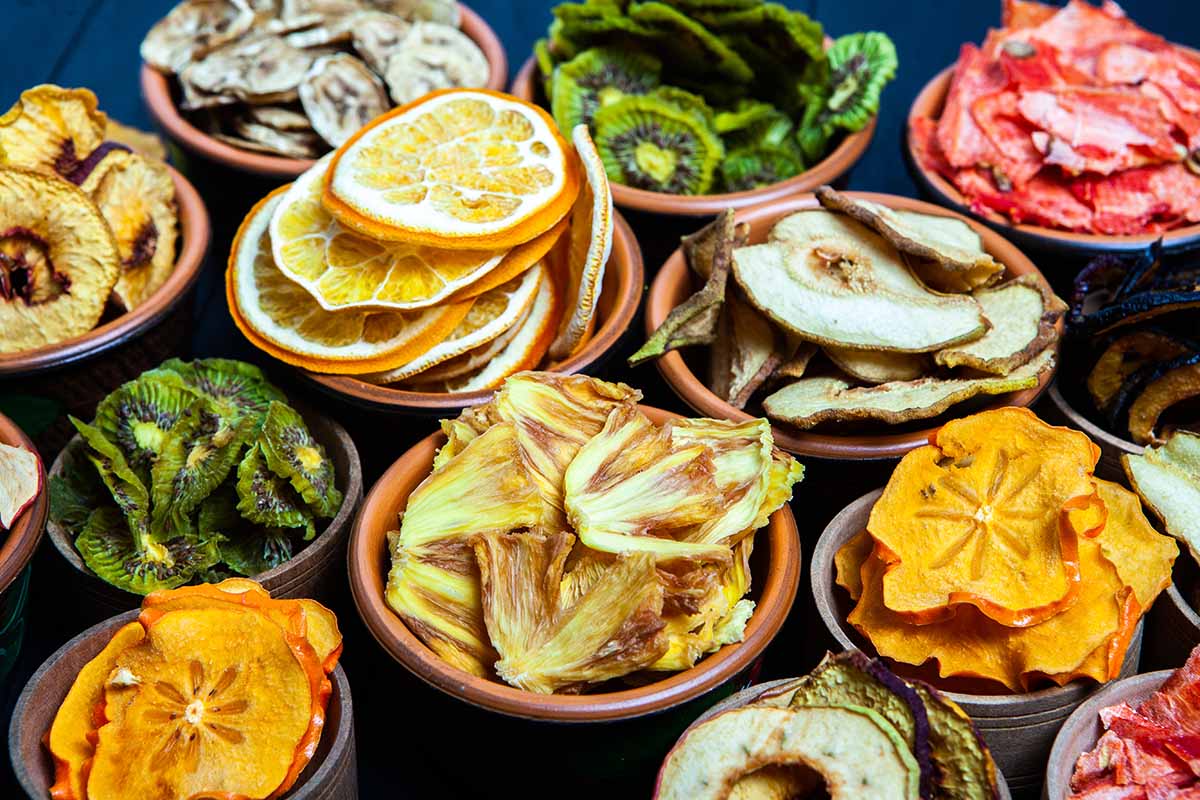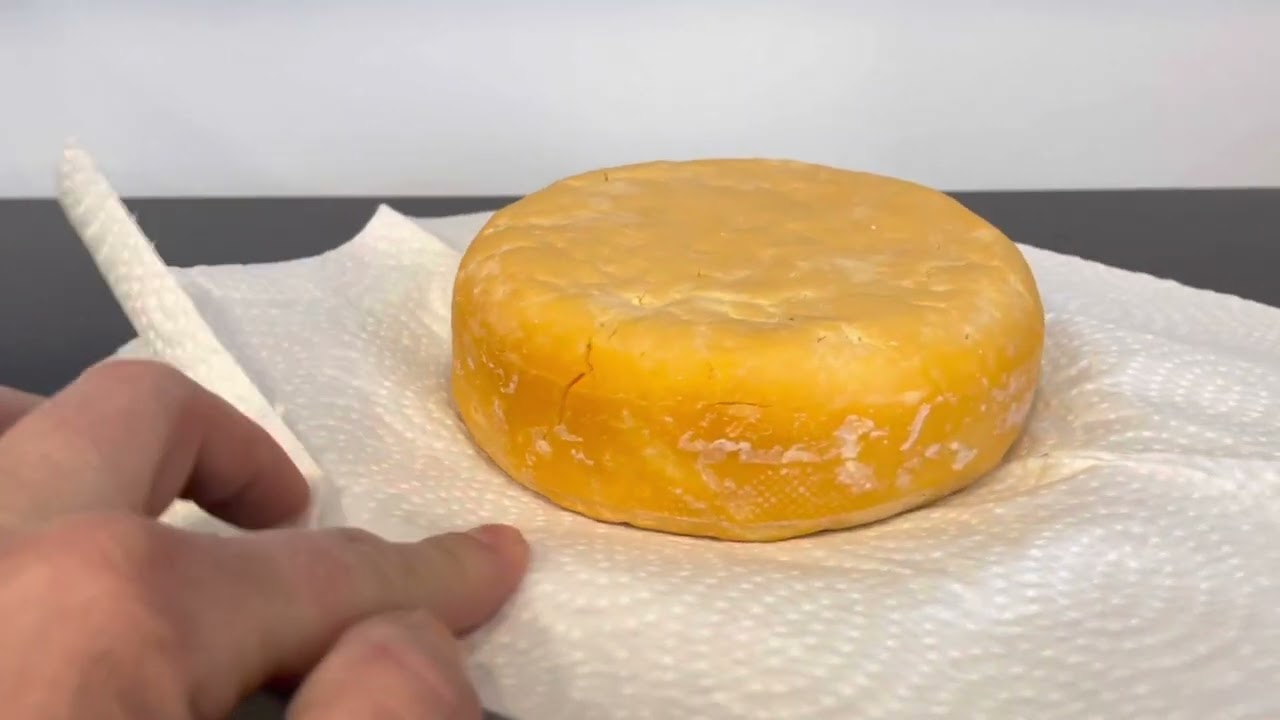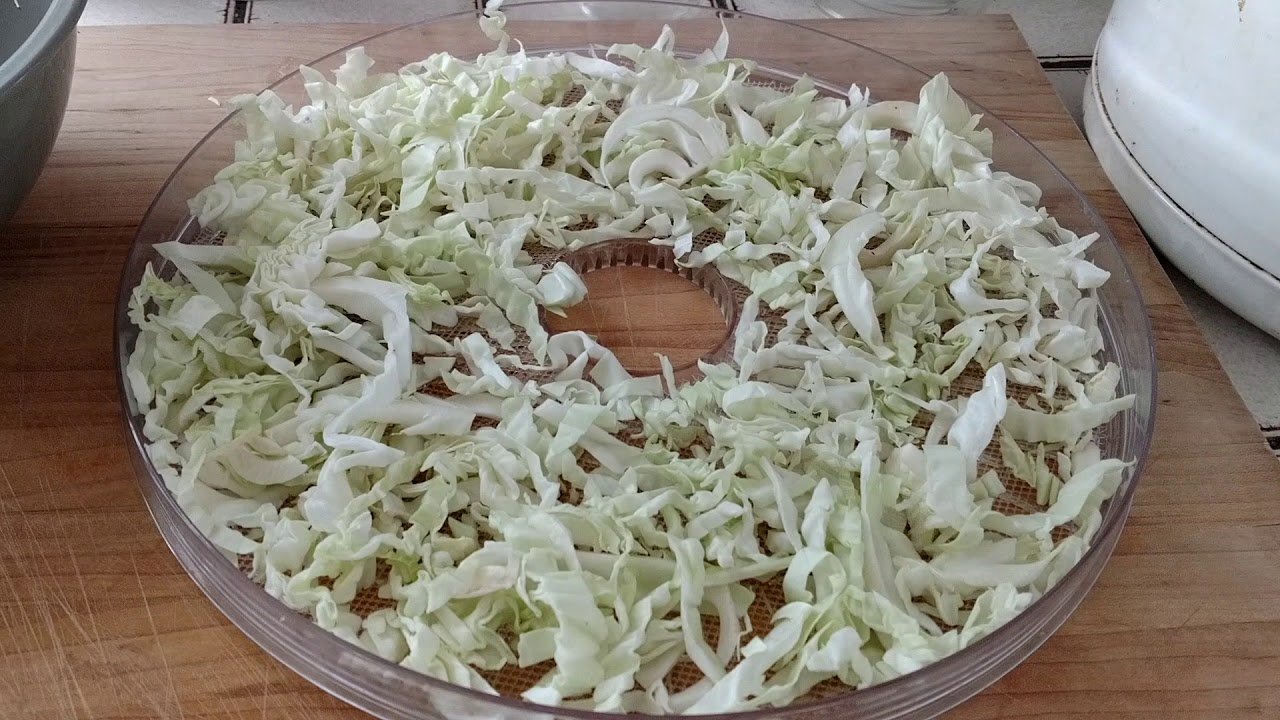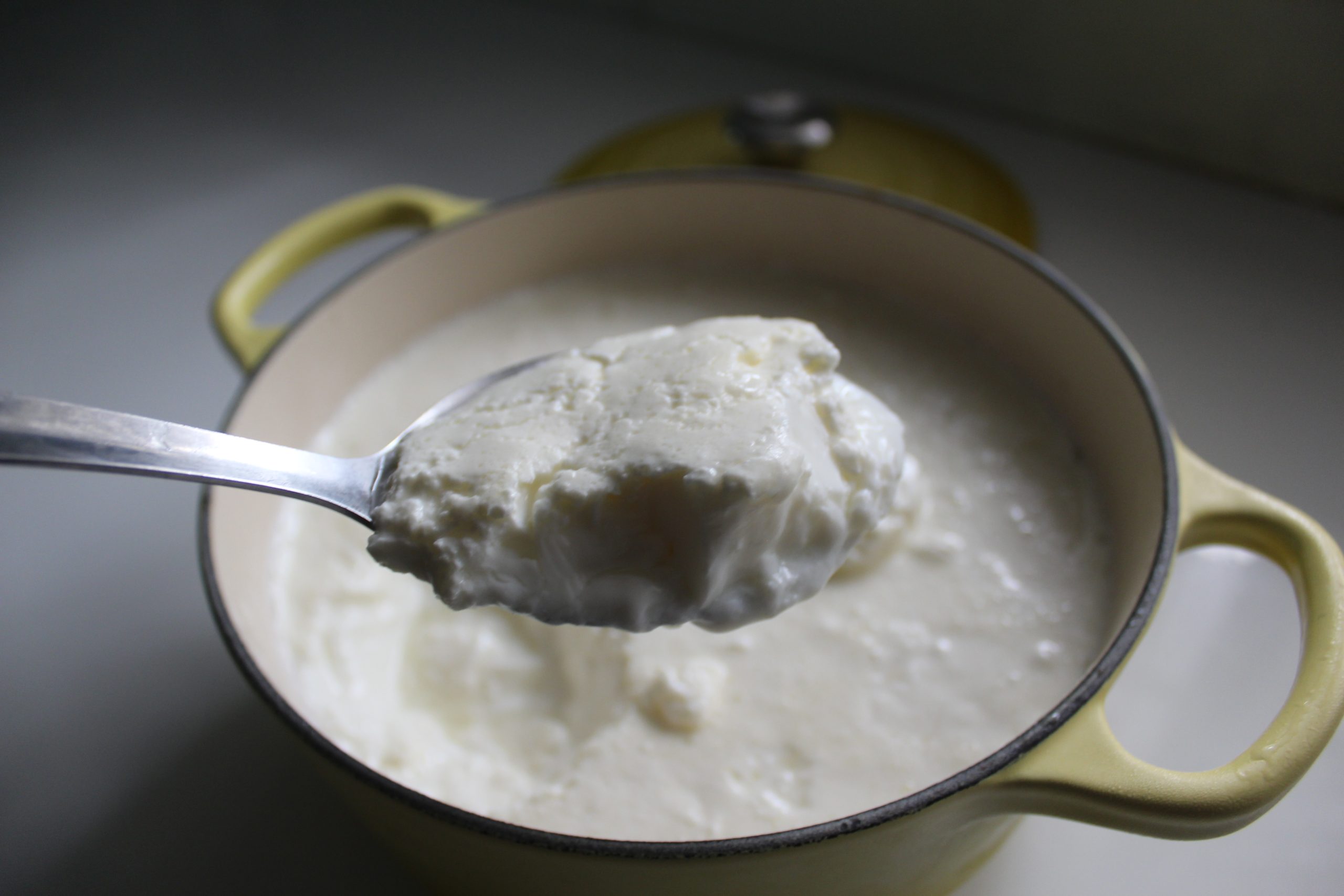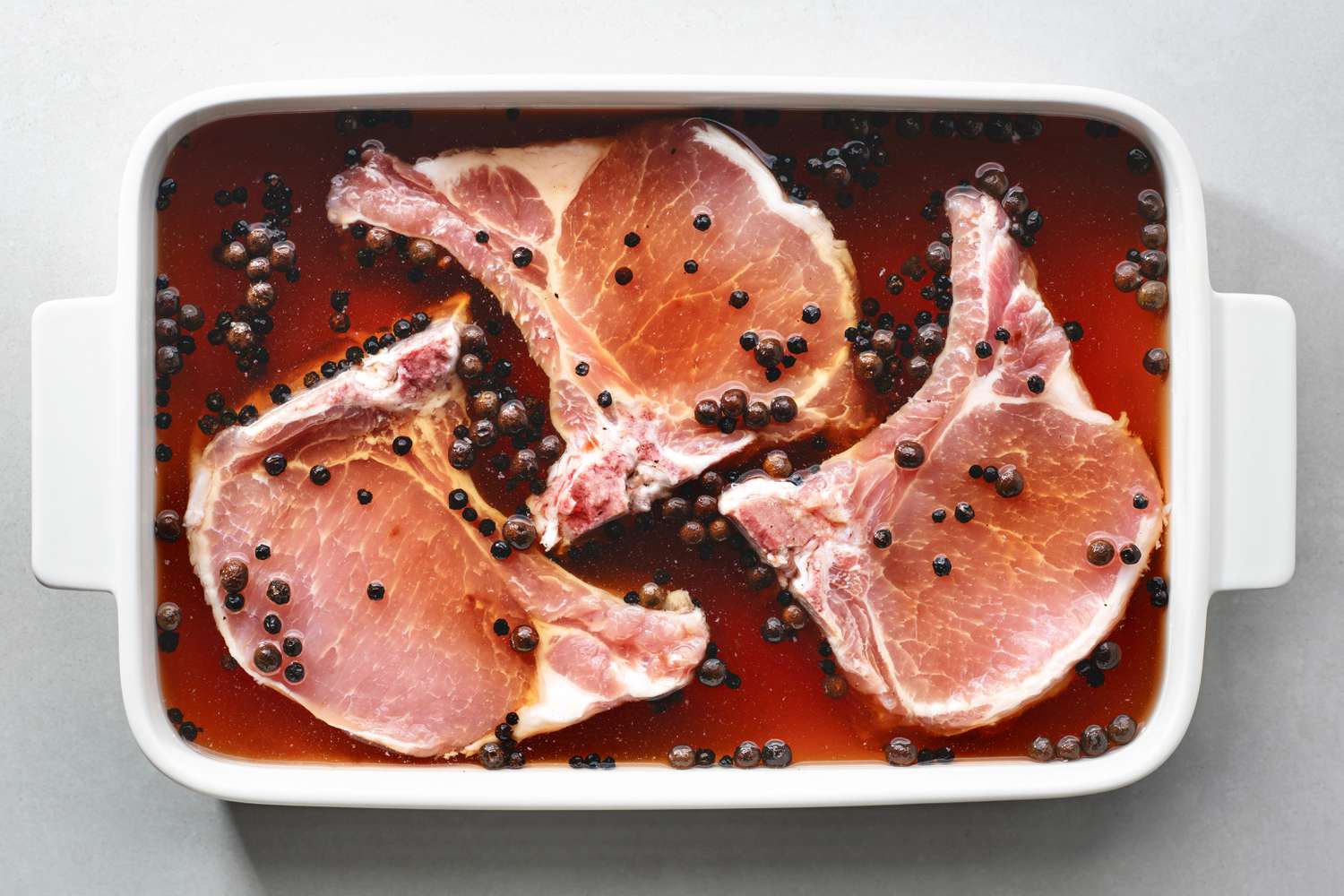Prepare Your Ingredients
Before you start dehydrating your meals for backpacking, it’s important to gather all the necessary ingredients. Choose foods that dehydrate well, such as fruits, vegetables, lean meats, and cooked grains. It’s best to use fresh, high-quality ingredients to ensure the best results.
Cut and Prepare Your Food
Once you have your ingredients, it’s time to prepare them for dehydration. Wash and peel any fruits and vegetables, and slice them into uniform pieces. Cut your meats into thin strips or small chunks. Cook any grains or pasta according to the package instructions.
Choose Your Dehydration Method
There are a few different methods for dehydrating food, including using a dehydrator, an oven, or the sun. A dehydrator is the most convenient option and allows for precise temperature control. An oven can also be used, but it requires more attention to prevent burning. If you’re feeling adventurous, you can even try using the sun to dehydrate your food, but this method takes the longest and is weather-dependent.
Dehydrate Your Food
Once you’ve chosen your dehydration method, it’s time to start dehydrating your food. Arrange your ingredients in a single layer on the dehydrator trays or baking sheets. Set the dehydrator or oven to the appropriate temperature for the type of food you’re dehydrating. Fruits and vegetables generally dehydrate best at 135°F, while meats and grains should be dehydrated at 145°F. Leave the food to dehydrate for several hours, checking on it periodically to ensure even drying.
Store Your Dehydrated Meals
After your food has finished dehydrating, it’s important to store it properly to maintain its freshness. Allow the food to cool completely before storing it in airtight containers. Be sure to label the containers with the contents and the date they were dehydrated. Store your dehydrated meals in a cool, dark place to prolong their shelf life.
Rehydrate Your Meals on the Trail
When you’re ready to enjoy your dehydrated meals on the trail, simply add hot water to the food and allow it to rehydrate for a few minutes. The exact rehydration time will vary depending on the type of food, so be sure to follow any specific instructions for the meals you’ve prepared.
Benefits of Dehydrating Your Meals
- Lightweight and portable
- Long shelf life
- Customizable flavors and ingredients
- Cost-effective
Dehydrating your meals for backpacking is a great way to ensure you have nutritious and delicious food on the trail. With the right ingredients and preparation, you can create a variety of meals that are lightweight, easy to pack, and simple to rehydrate. Whether you’re a seasoned backpacker or new to the trail, dehydrating your meals is a skill that will serve you well on all your outdoor adventures.
For those eager to dehydrate meals for their backpacking adventures, there are several recipes that stand out. They might start with the Spaghetti Bolognese Recipe for a hearty and familiar favorite. Switching things up, the Vegetable Stir-Fry Recipe offers a quick, nutritious option. For a comforting dish, the Chili Con Carne Recipe is a must-try, providing warmth and spice. Those looking for lighter fare can turn to the Quinoa Salad Recipe, perfect for a refreshing meal on the trail. Lastly, the Lentil Soup Recipe is ideal for a protein-packed, easy-to-rehydrate option. Each of these recipes adapts well to dehydration, ensuring variety and satisfaction in the wild.
Was this page helpful?
Read Next: How To Dehydrate Zucchini In An Air Fryer
